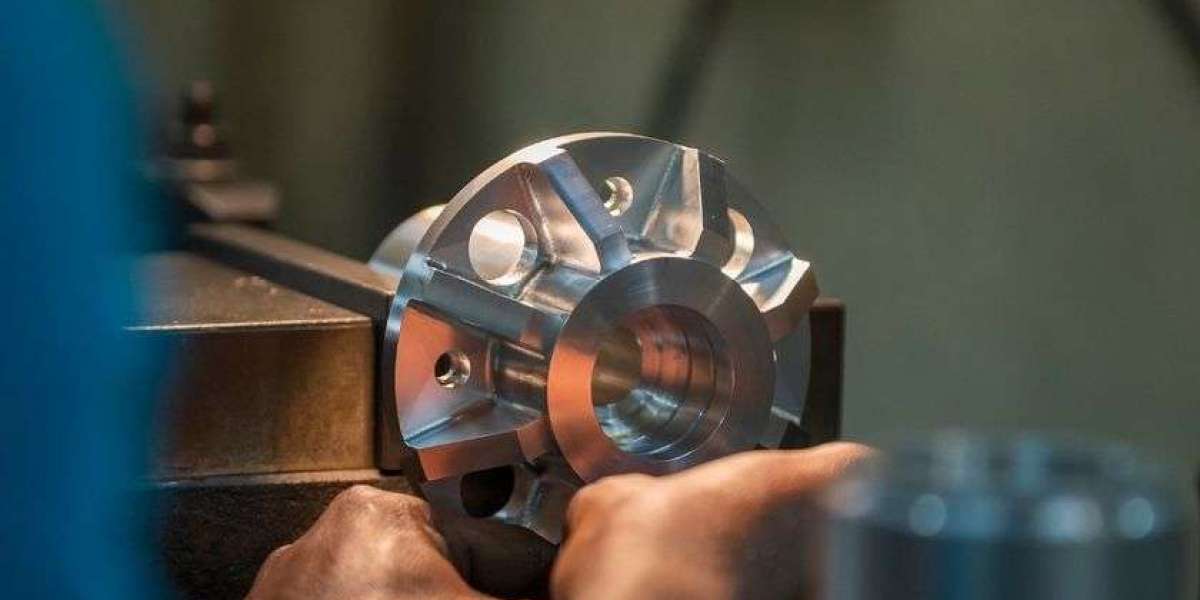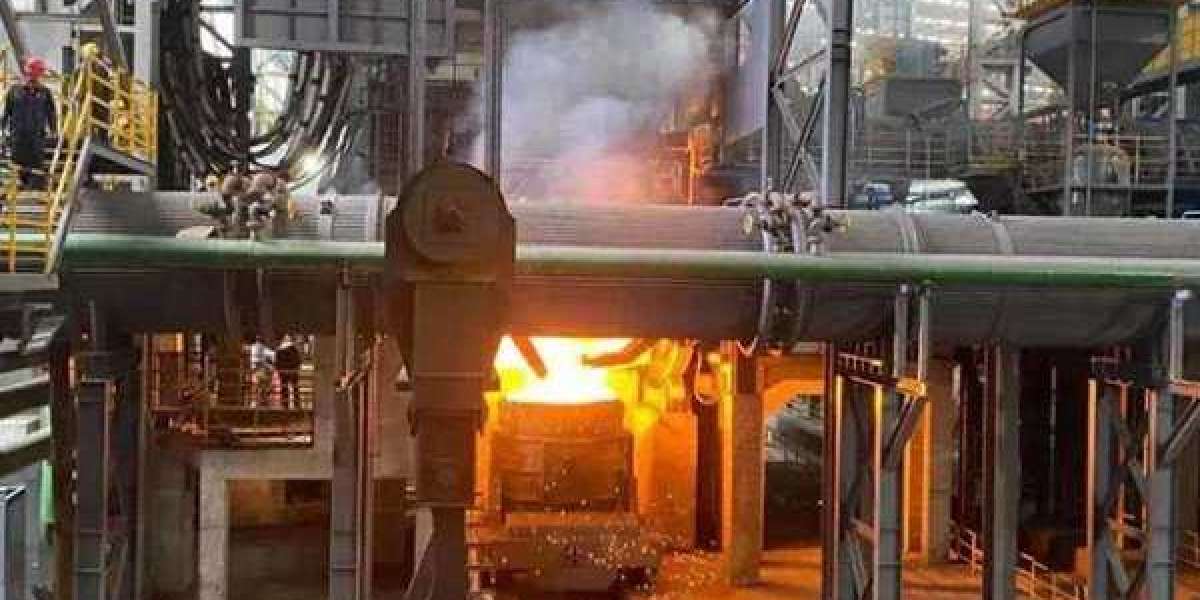Milling machines are vital tools in the manufacturing industry, used to shape and cut materials with high precision. To ensure optimal performance, understanding the key parts of a milling machine is essential. This guide delves into the primary milling machine parts, their functions, and maintenance tips.
1. Base and Column
The base is the foundation of the milling machine parts, providing stability and support. It is typically made of cast iron or steel to withstand vibrations. The column, mounted on the base, supports the machine’s vertical components and ensures the spindle is aligned correctly.
Maintenance Tip: Regularly check for cracks or damages in the base and column. Keep them clean and free from debris to maintain stability.
2. Knee
The knee is a vertically adjustable component mounted on the column. It supports the saddle and worktable, allowing for vertical movement. The knee houses the elevating screw, which controls the vertical position of the table.
Maintenance Tip: Lubricate the elevating screw periodically to ensure smooth vertical adjustments.
3. Saddle and Table
The saddle sits on the knee and allows for horizontal movement along the machine’s Y-axis. The table, mounted on the saddle, moves along the X-axis. Together, they enable precise positioning of the workpiece.
Maintenance Tip: Ensure the saddle and table are clean and lubricated. Check for any play or misalignment that might affect accuracy.
4. Spindle
The spindle is a crucial component, responsible for holding and rotating the cutting tool. It is powered by the machine’s motor and can be oriented vertically or horizontally, depending on the milling machine type.
Maintenance Tip: Regularly inspect the spindle for wear and tear. Ensure it is properly lubricated and aligned to avoid vibrations and inaccuracies.
5. Overarm and Arbor Support
In horizontal milling machines, the overarm supports the arbor, which holds the cutting tool. The arbor support, attached to the overarm, provides additional stability to the cutting tool.
Maintenance Tip: Check the overarm and arbor support for any looseness. Tighten bolts and ensure they are correctly positioned to prevent tool deflection.
6. Quill and Quill Feed
The quill is a hollow shaft that houses the spindle. The quill feed mechanism allows for the vertical movement of the quill, enabling precise depth control of the cutting tool.
Maintenance Tip: Lubricate the quill and quill feed regularly. Check for smooth operation and adjust if necessary.
7. Power Feed Mechanism
The power feed mechanism automates the movement of the table, enhancing precision and reducing operator fatigue. It can be used to move the table along the X, Y, or Z axes.
Maintenance Tip: Ensure the power feed mechanism is well-lubricated and free from obstructions. Regularly check for any electrical issues or worn-out components.
8. Control Panel
The control panel houses the machine’s operational controls, including speed settings, feed rate adjustments, and emergency stop buttons. Modern milling machines may also feature digital readouts (DRO) for enhanced precision.
Maintenance Tip: Keep the control panel clean and free from dust. Regularly test the emergency stop button to ensure it functions correctly.
Conclusion
Understanding the essential milling machine parts and their functions is crucial for maintaining precision and efficiency in machining operations. Regular maintenance, proper lubrication, and timely inspections are key to prolonging the lifespan of these components and ensuring optimal performance. By familiarizing yourself with these parts and their care, you can maximize the productivity and accuracy of your milling machine, ultimately leading to better-quality products and a more efficient manufacturing process.








